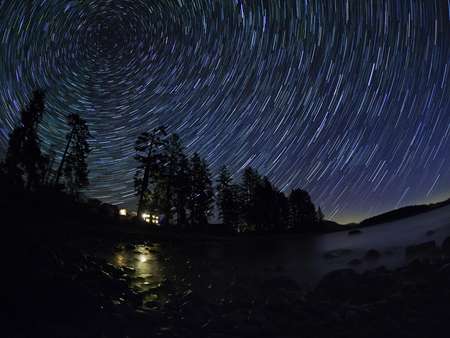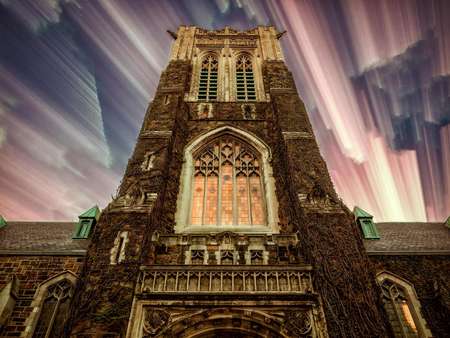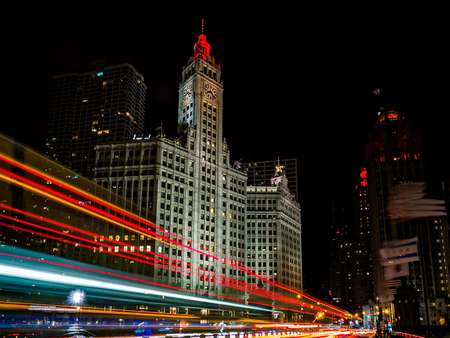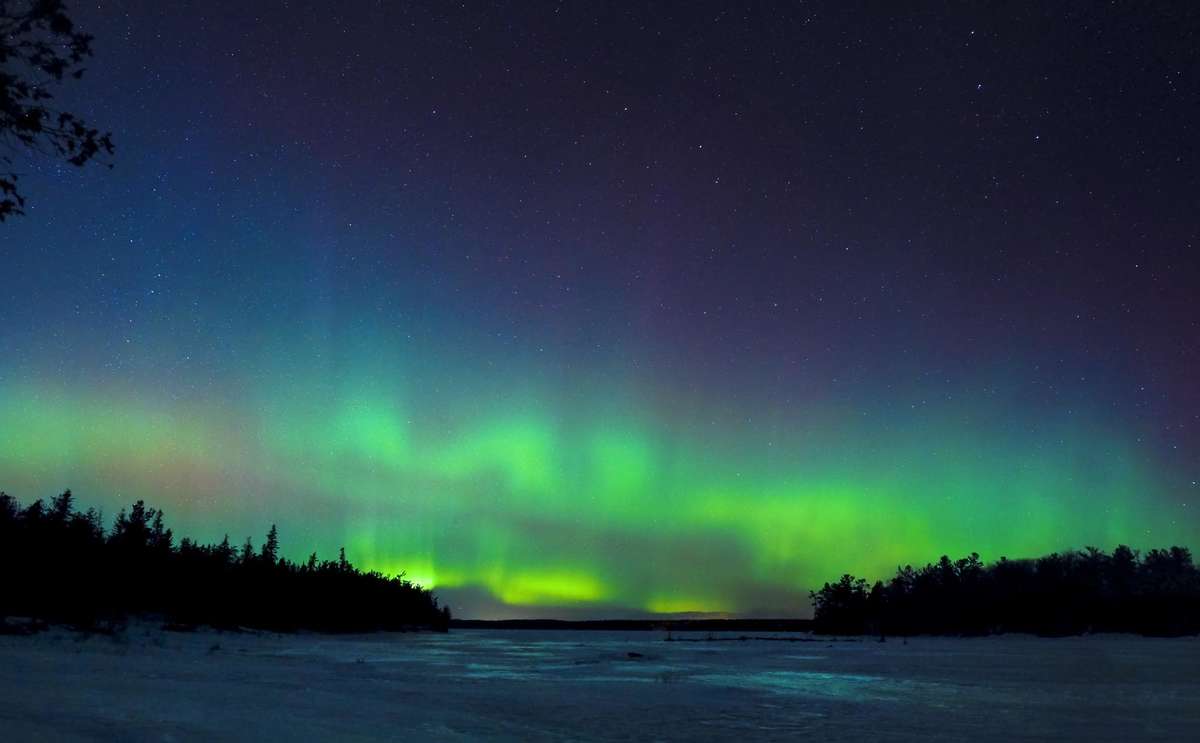CAPTURING FIREWORKS
“Keep your intervals to 1 second or lower, and wait for the slow moment to take the second shot during a Live Composite. When you do, you will get just the burst and leave all the trailing lines out of the sky.”
– Mike Boening
“When photographing fireworks try to scout out a location in advance. Of course it is important to know where the fireworks will appear. Placing a stationary object into the scene helps the viewer to gain a sense of scale and place. Using a tripod is important. By using"Live Composite" mode, I was able to watch my preview screen and determine when I thought the image was completed.”
– Frank Smith
REVOLUTIONIZE YOUR ASTROPHOTOGRAPHY
“Including a small amount of artificial light in your astrophotography can make for a great point of interest, and the Live Composite feature will prevent the highlights from being completely over-exposed.”
– Peter Baumgarten
DID YOU KNOW THAT LIVE COMPOSITE ISN’T JUST FOR NIGHTTIME?
“Live Composite can be utilized during the daylight hours as long as you use a Neutral Density filter and a tripod. With this technique you can create a beautiful painterly effect when you have moving clouds.”
– Frank Smith
IN AN URBAN SETTING
“Getting low and shooting high with an iconic building from a large city make your Live Composite images much more interesting and if you can wait for a bus to go by even more so because of the large light streaks from it.”
– Mike Boening
IN A MORE RURAL SETTING
“One car can look amazing with Live Composite if you catch it on a curve or going up a bridge.”
– Mike Boening
TRY USING LONG EXPOSURES AS WELL!
“In order to a achieve the "milky" effect you need to utilize a long shutter exposure. This was shot at 8 seconds and requires a tripod. In order to accomplish this during daylight hours I had to use a 10 stop neutral density filter.”
– Frank Smith
SHOOTING THE SKY WITH LONG EXPOSURE
“When shooting the aurora borealis, longer exposures make for a foggy appearance and shorter exposures offer a more defined look.”
– Peter Baumgarten
Learn more about Live Composite mode and how to activate this feature on your Olympus camera. You can find Live Composite Mode in most current OM-D, PEN and TOUGH Olympus cameras.





